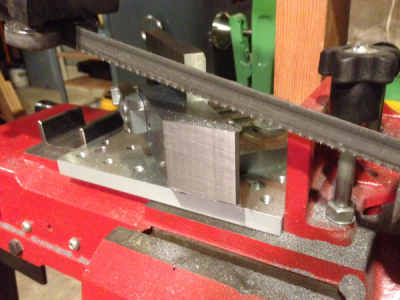A steel question.
So another nuub question. I am doing my best to get a YouTube doctorate in machining or at least a high school shop certificate. That said...
I know there are literally thousands of steel types and to date I have only used a few. Seems like most often I read or see mild steel used in
fabrication and cold rolled being used for machining.
I get the mill scale problem and the inferior finish of mild steel but then I ran across this video. ( link below ) and maybe I need to change my thinking.
I have not experienced ( I don't think) significant stress issues with the minor nuub projects I have made so far. Is this something we need to consider for most projects?
Looking for the groups thoughts.
This is a link to "the tool and die guy" video on "A few things you should know about cold rolled steel"
Sorry, don't know how to insert actual YouTube video.
John in Minnesota
Sent from my iPhone using Tapatalk
So another nuub question. I am doing my best to get a YouTube doctorate in machining or at least a high school shop certificate. That said...
I know there are literally thousands of steel types and to date I have only used a few. Seems like most often I read or see mild steel used in
fabrication and cold rolled being used for machining.
I get the mill scale problem and the inferior finish of mild steel but then I ran across this video. ( link below ) and maybe I need to change my thinking.
I have not experienced ( I don't think) significant stress issues with the minor nuub projects I have made so far. Is this something we need to consider for most projects?
Looking for the groups thoughts.
This is a link to "the tool and die guy" video on "A few things you should know about cold rolled steel"
Sorry, don't know how to insert actual YouTube video.
John in Minnesota
Sent from my iPhone using Tapatalk

